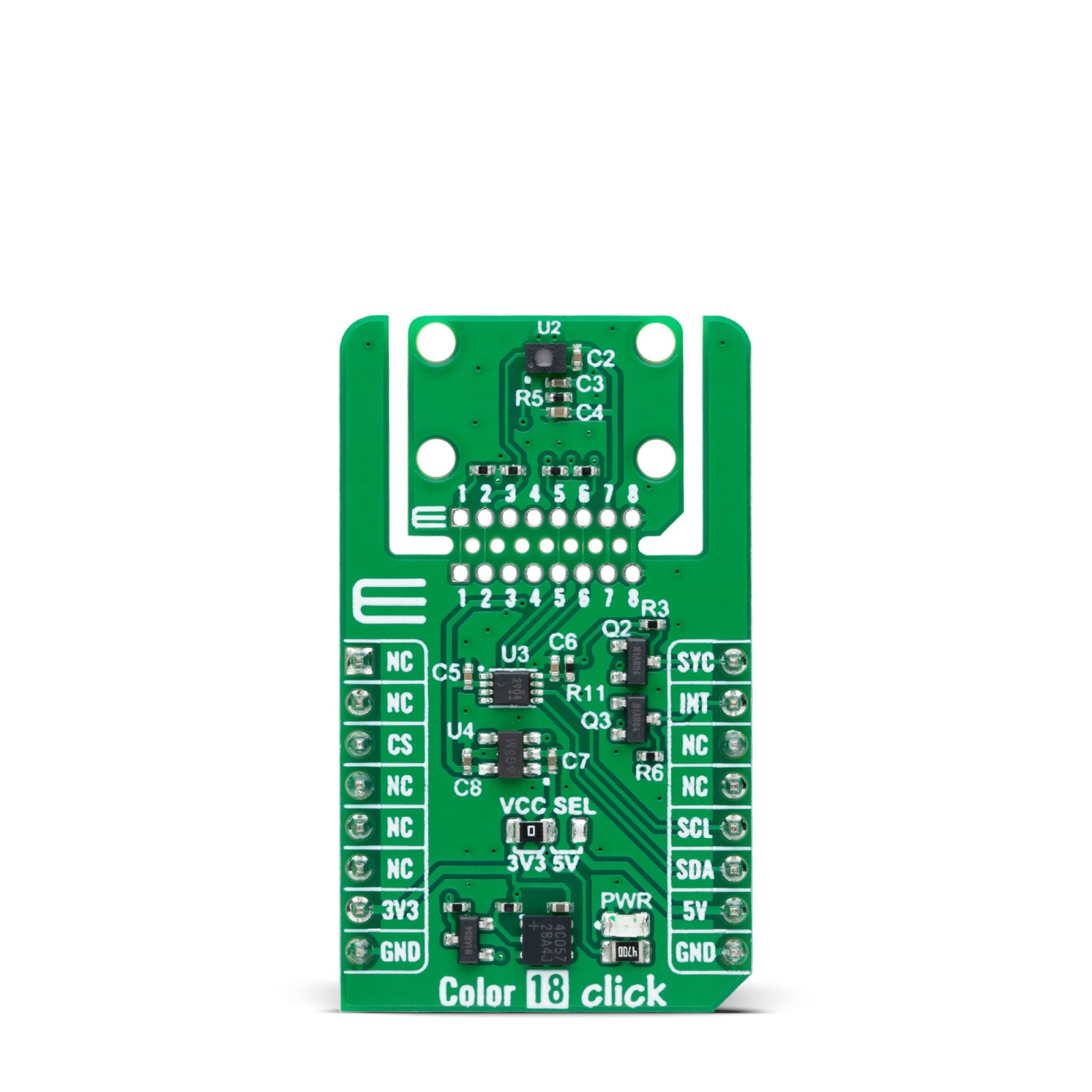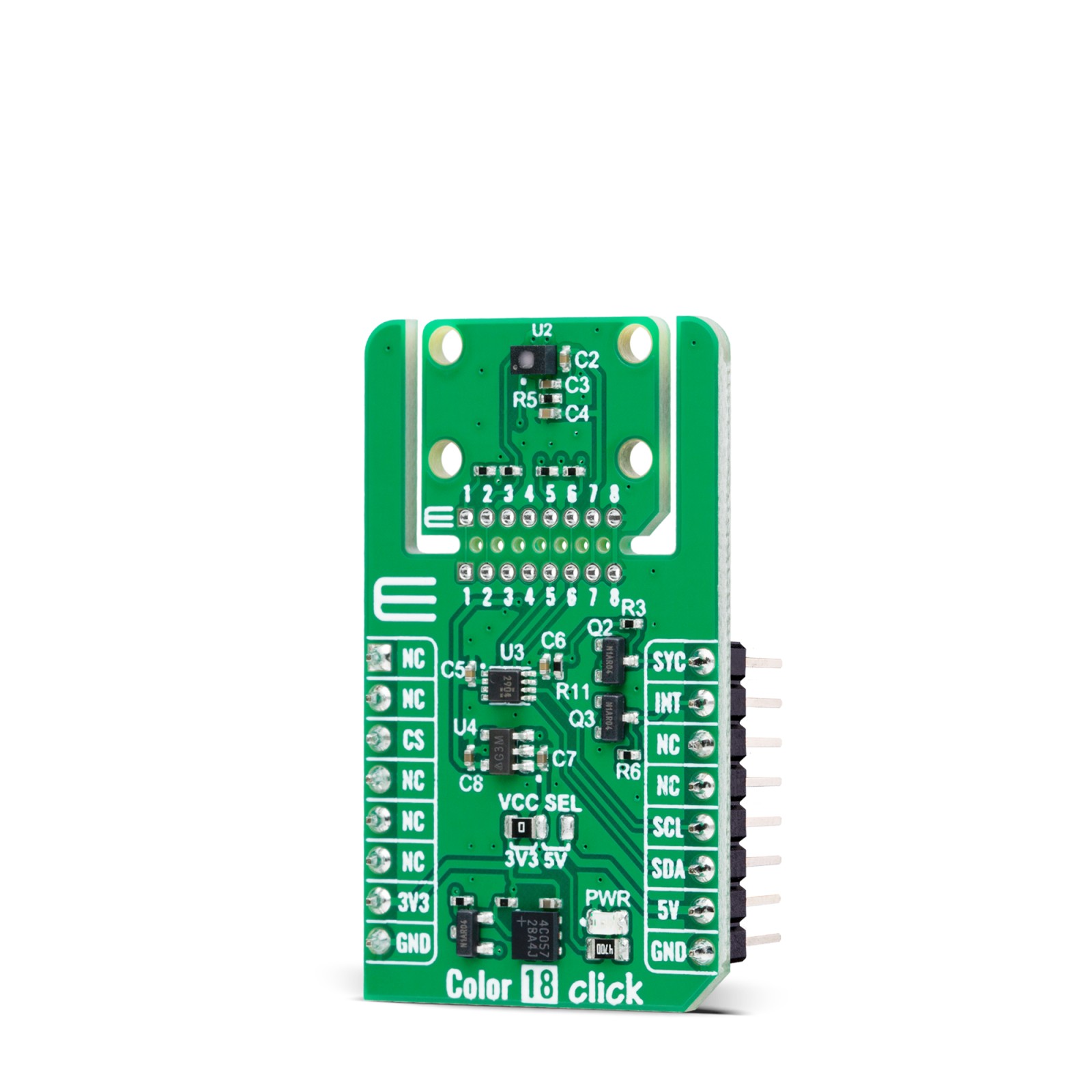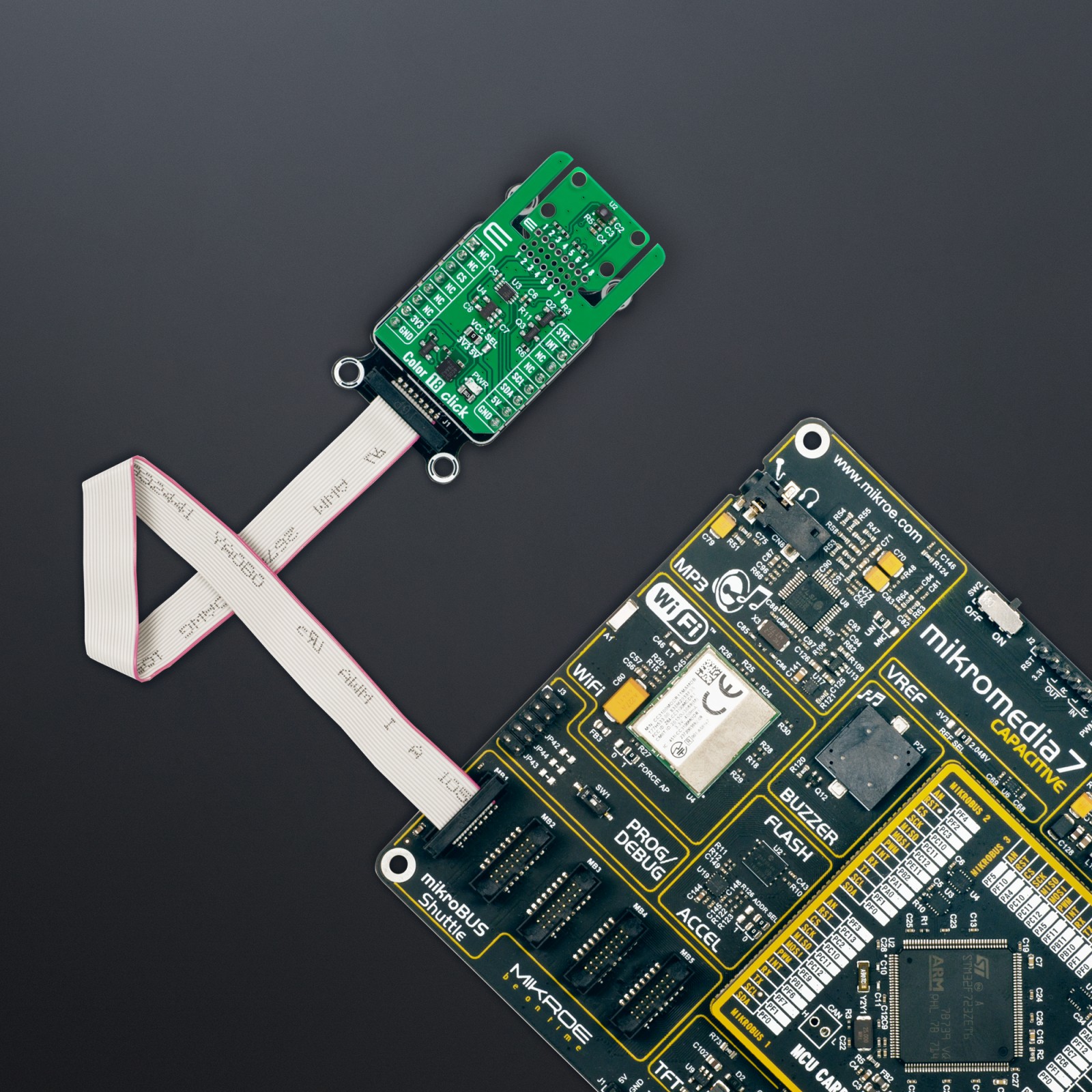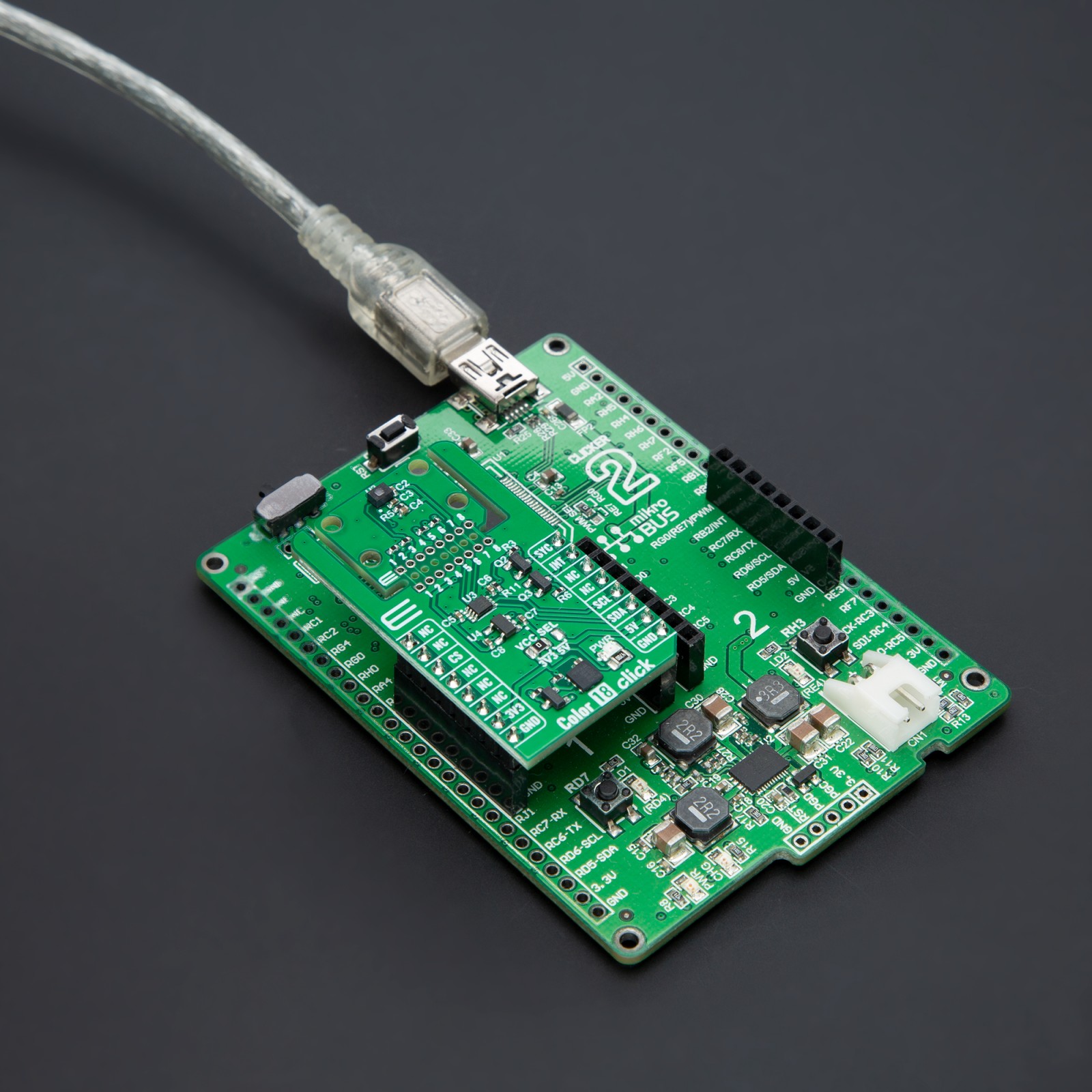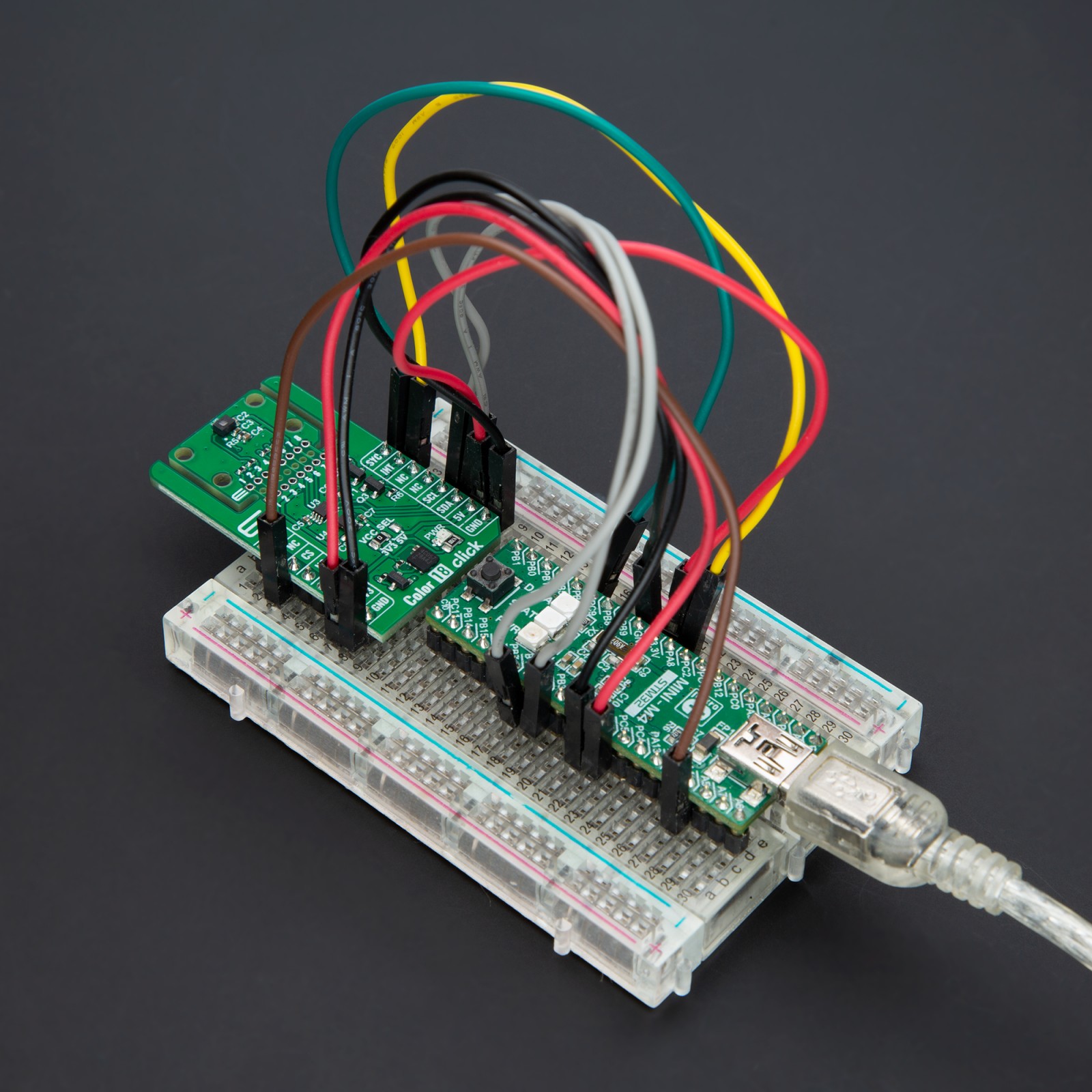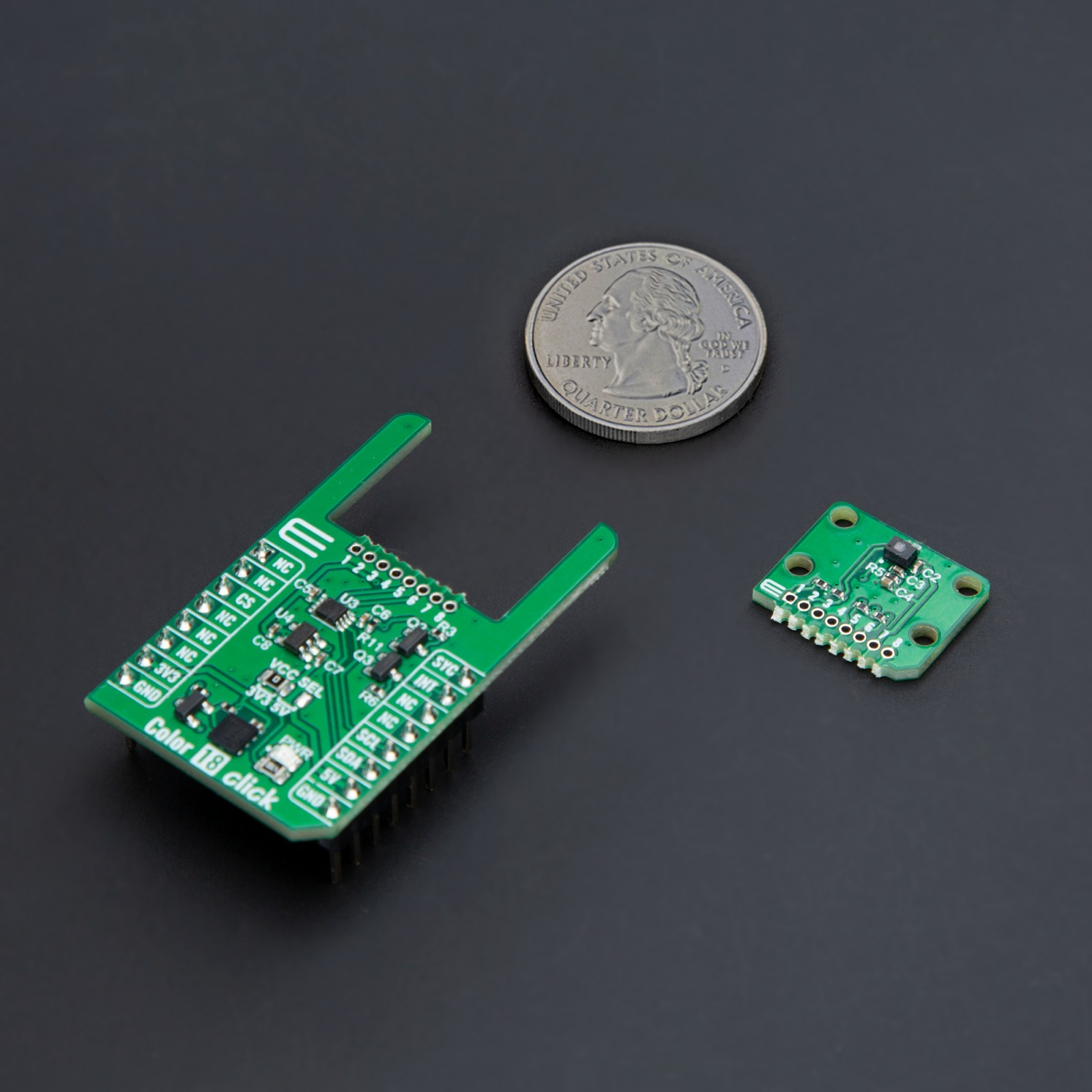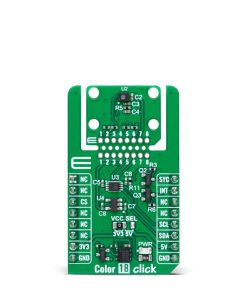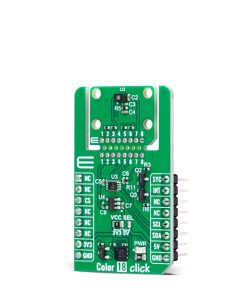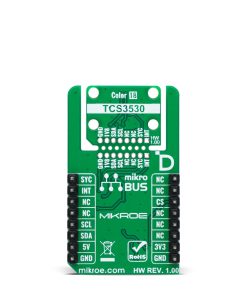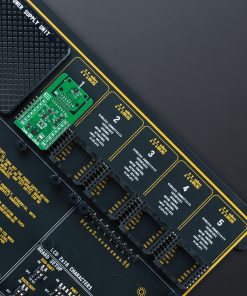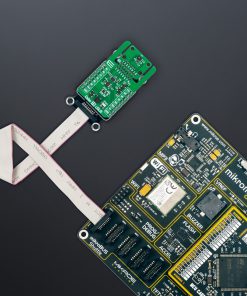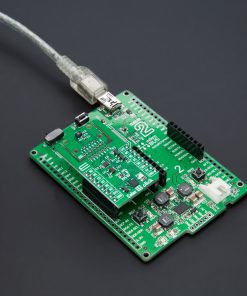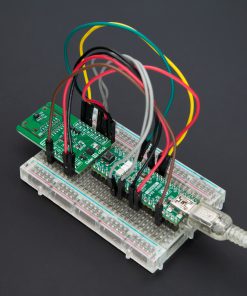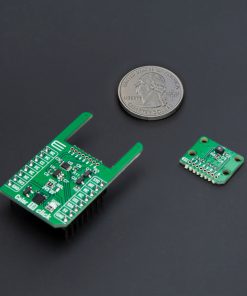-
×
 METHANE Click
1 × R330.00
METHANE Click
1 × R330.00 -
×
 BEE Click
1 × R790.00
BEE Click
1 × R790.00 -
×
 3D Motion Click
1 × R1,050.00
3D Motion Click
1 × R1,050.00 -
×
 Alcohol Click
1 × R330.00
Alcohol Click
1 × R330.00 -
×
 EXPAND Click
1 × R260.00
EXPAND Click
1 × R260.00 -
×
 RN4678 Click
1 × R850.00
RN4678 Click
1 × R850.00 -
×
 GPS Click
1 × R1,050.00
GPS Click
1 × R1,050.00 -
×
 GSM/GNSS Click
1 × R1,650.00
GSM/GNSS Click
1 × R1,650.00
Subtotal: R6,310.00

